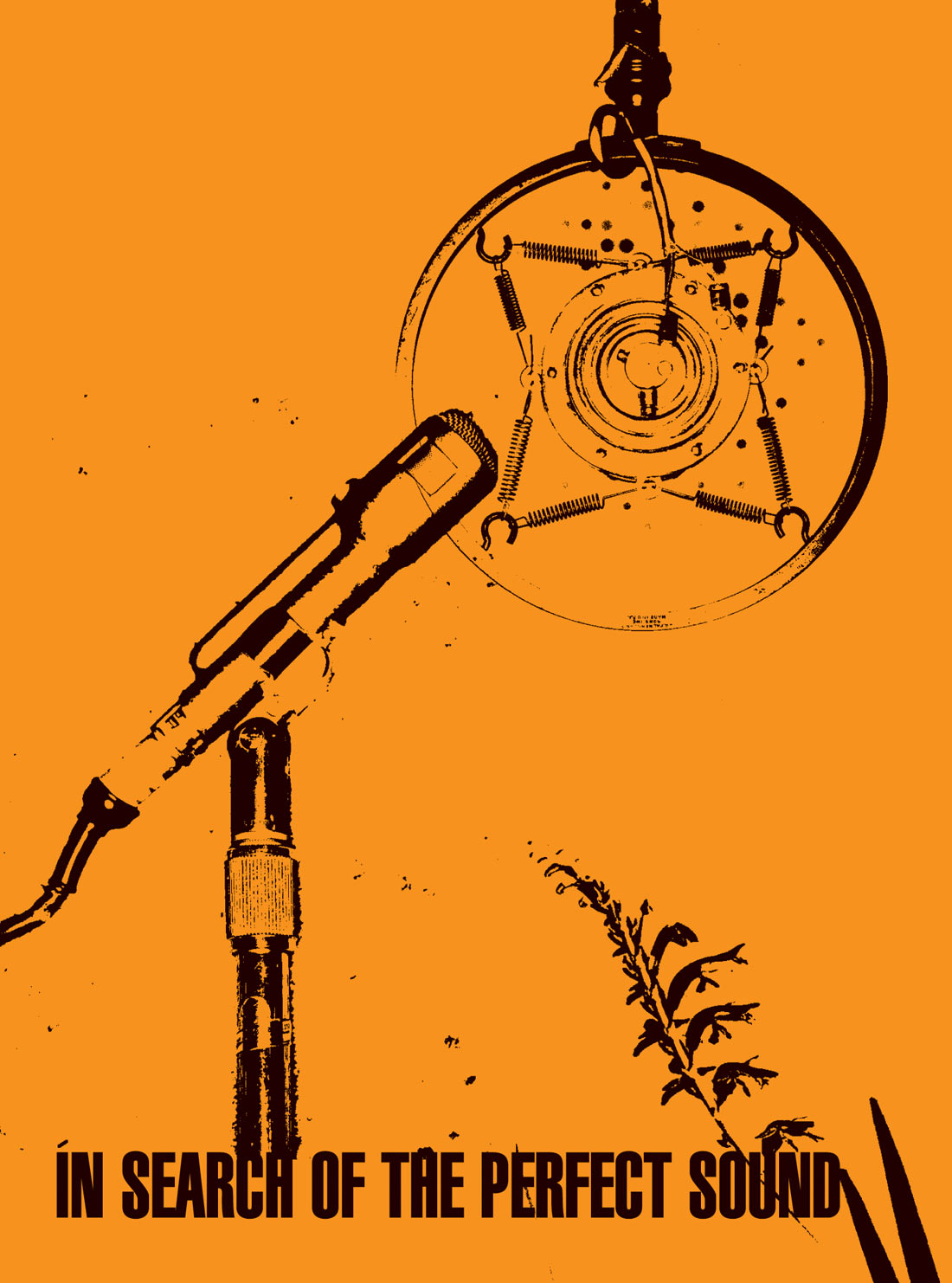When I moved my mix setup out of my living room and into a large shared studio space, I sensed that it would be helpful to have a larger pair of midfields for monitoring. Unfortunately, most of the speakers that I admired were prohibitively expensive, until I discovered the Equator Audio Q10. Modern engineering techniques, likely in conjunction with outsourced construction, have combined to create an affordable midfield speaker, available directly from Equator for $1,500 a pair. I've long been a fan of coaxial speakers like the Q10; I once used a vintage pair of Electro-Voice speakers for my home stereo. Coaxial drivers mount the tweeter at the center of the woofer cone, allowing all frequencies to originate from the same point. This consistency affords a very accurate image in both width and depth.
The biggest improvement that I expected from midfields was help in the low frequencies, and the Q10 proved impressively accurate. It provides accuracy at low enough frequencies to make it easy to combine bass guitar and kick drum in a rock mix, and the low mids seem to sit especially well as a result. I previously had to switch between two different nearfields and then stare at my spectrum analyzer, but now I can feel confident that if the bass frequencies sit correctly, then the mix will be appropriate — and will translate well. Highs and mids sound great too, with generally even frequency balance that stretches into the top octaves. The stereo imaging proved reliable too, as I have an easier time identifying pan location with the Q10 pair than with my ADAM A7 monitors [Tape Op #57].
I did feel that the self-powered Q10 has a somewhat exaggerated sound, which makes everything sound a bit like it's running through an API. Transients always receive a slightly unnatural emphasis, and heavily distorted electric guitars become even more distorted. Working with such distorted signals was the only time I found the Q10 at all fatiguing. Ted Keffalo, President of Equator Audio, explained, "It may be that what you're hearing as unnatural is the result of the Q10 using a real, high-frequency compression driver horn. A horn can tend to be aggressive-sounding, especially at a higher SPL. It is true that a silk tweeter is much easier for your ear to accommodate. That's one of the reasons we use silk tweeters on the D Series [Tape Op #88]. Of course, you can't hit the same SPL with a silk tweeter."
The Q10 reminded me that midfields can be impractical for some applications. First, a pair of Q10s is a lot harder to set up than nearfields. Positioning them on stands behind a desk became a lot easier with two people involved, where I'm used to comfortably moving nearfields myself. The Q10 is deep with a relatively small frontal surface — their coaxial design enables the front dimensions to be only slightly larger than the 10'' woofer. Also, in our studio's smaller control space, the Q10 pair produced too much low end due to placement in the corners of the room. Even with the exaggerated lows, my studio partners (Jay Sherman-Godfrey and Joe McGinty), who primarily use the smaller area, found the Q10s helpful in that space.
A nice feature of the Q10 is the room compensation software for Mac and PC, which comes for free with the speakers; it's a bit like the algorithms in a dbx DriveRack. The software was slightly tricky to install, because it needs several drivers in place first, even in Mac OS, and USB and network cables are needed to connect the speakers to the computer and each other. Once the drivers were installed, it was quick and easy to run the software and tune our room. In the small space, with the speakers close to the walls, it shaved out a lot of low end, effectively correcting for the corner-loading. It also accurately detected reflections and compensated for them, to bring down a bit of cymbal pinging in the process, and it precisely matched the volumes of the two speakers. The software allows real-time control of the DSP that operates between the analog input and the built-in amplifiers. Once you're satisfied, you can save the room compensation, tone contour, and volume trim adjustments to each speaker.
For the price, we all found the Q10 especially impressive. Quality midfield monitors are now available to a studio where the budget had previously made the option impractical.




_disp_horizontal_bw.jpg)